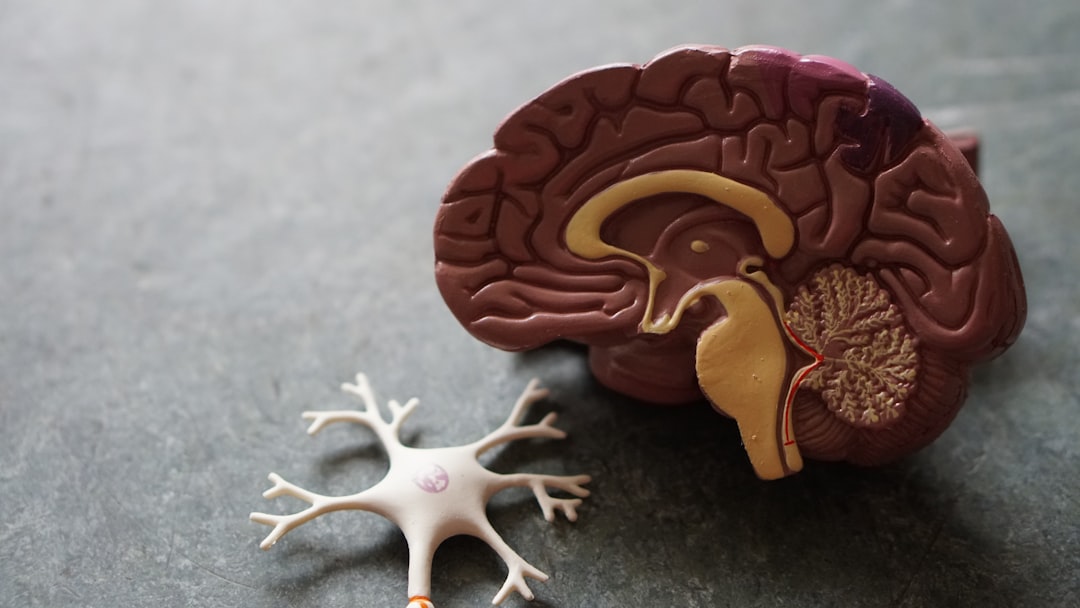What is it about?
Strongyloides is a parasitic roundworm endemic in the tropics and subtropics. Symptoms usually initially consist of a rash, followed by a change in bowel habit and the infection can often persist with few symptoms for many years remaining undetected. However, this patient was also infected with the HTLV-1 virus, common in Asia, Sub-saharan Africa and the Caribbean, predisposing him to Strongyloides hyperinfection. This dramatically increases the number of Strongyloides larvae via acceleration of the life cycle in the human host, causing a physical obstruction in the small bowel. Strongyloides hyperinfection is more difficult to treat than regular infection, and required referral to a specialist infectious diseases centre.
Featured Image

Photo by Sébastien Jermer on Unsplash
Why is it important?
Strongyloides stercoralis reportedly infects 100 million people worldwide. This patient presented to a London District General Hospital, highlighting the importance of global migration not limiting this infection to Asia, Sub-saharan Africa and the Caribbean. It is important to keep this diagnosis in mind before immunpsuppressing a patient, for example with corticosteroids or cancer therapy, since the infection can persist for decades after initial exposure. The article gives further details on how to screen for Strongyloides. The patient may not have a recent travel history! Moreover, if a diagnosis of Strongyloides infection is made, think about testing for HTLV-1 in patients from endemic regions, since this can predispose to hyperinfection and requires specialist follow-up. Finally, hyperinfection will not be treated with standard anti-helminthic therapy and specialist infectious diseases advice should be sought in treating these patients
Perspectives
I think this case report is really important because it highlights that tropical diseases, such as Strongyloides, are not limited to working overseas or tertiary tropical disease centres, but can present in regular general practice, outpatients, acute medical and surgical takes in district general hospitals. Therefore it is important for all doctors, regardless of specialty and location to keep this diagnosis in mind.
Emily Martyn
Infectious Diseases Institute, Kampala, Uganda
Read the Original
This page is a summary of: Strongyloides, HTLV-1 and small bowel obstruction, BMJ Case Reports, December 2019, BMJ,
DOI: 10.1136/bcr-2019-232461.
You can read the full text:
Contributors
The following have contributed to this page










